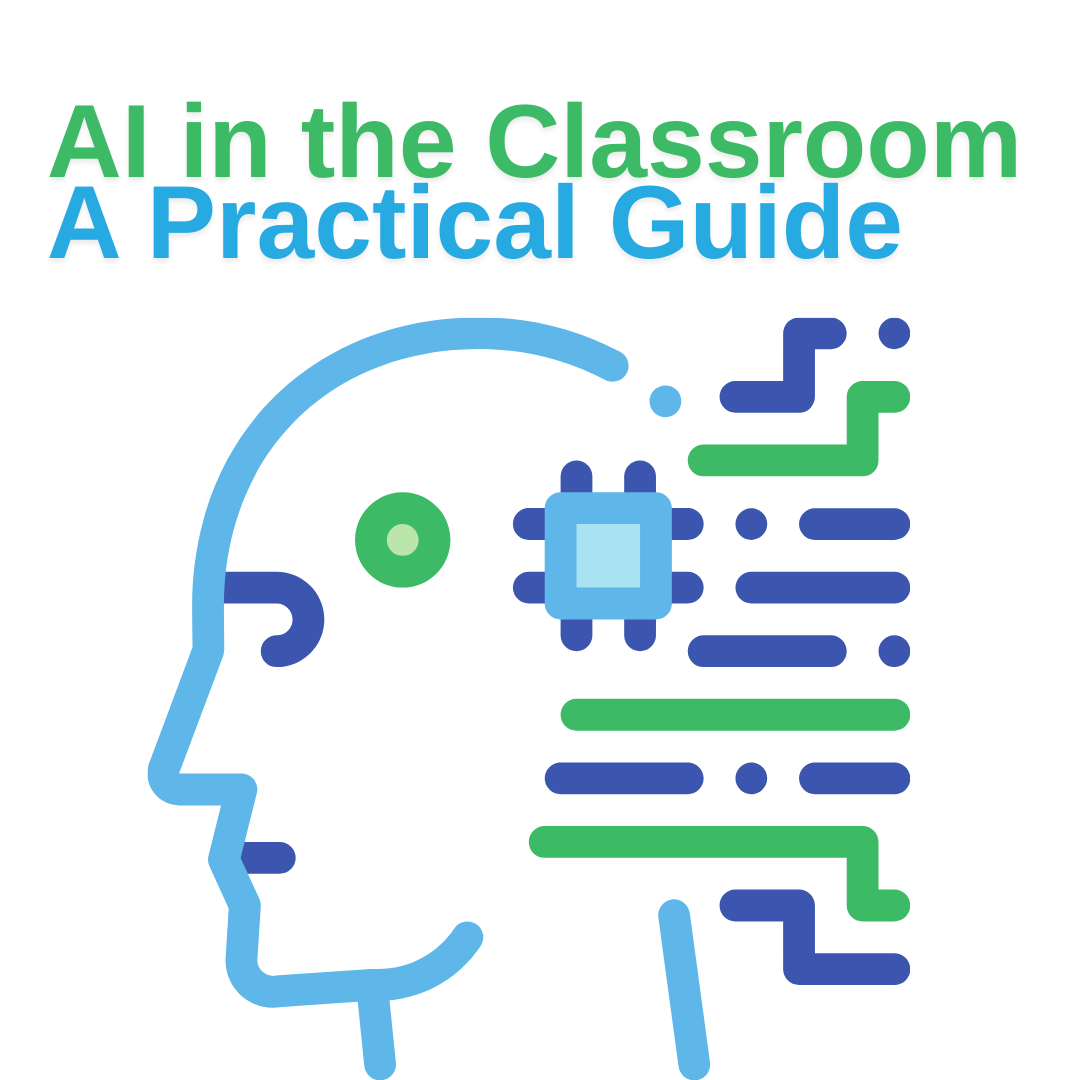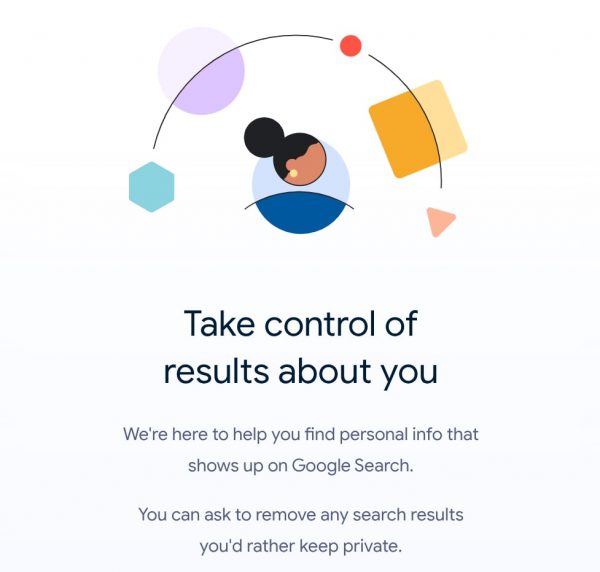
This blog post introduces a practical guide designed to help educators begin to effectively and responsibly integrate AI into their classrooms. While the guide was initially created by secondary librarians and technology integration specialists, its principles and tools are adaptable for elementary classrooms as well.
Key Features of the AI Guide
This guide provides educators with practical advice and resources to effectively implement AI while addressing ethical considerations:
- Student-Centric AI Usage Scales: These scales offer clear guidelines for students to understand when and how to appropriately use AI tools. The scales differentiate between “AI Free,” “AI Assisted,” and “AI Enhanced” activities, providing a framework for ethical AI integration in assignments. Printable posters of the scales can be displayed in classrooms as a visual reminder for students.
- AI Citation & Disclosure Handout: This resource clarifies when to cite AI-generated content and when to disclose its usage. The handout emphasizes transparency in academic work, outlining the importance of citing new content generated by AI and disclosing AI usage for tasks like organizing thoughts or editing.
- AI Prompting and Evaluation Techniques: The guide introduces two acronyms, PREP and HUMAN, to provide a structured approach to using AI. Ideally, these acronyms could be consistently used across the district.
- PREP guides prompt creation, emphasizing the importance of a clear role for the AI, a precise prompt, specific parameters for the response, and explicit instructions.
- HUMAN serves as a checklist to ensure ethical and effective AI use. It encourages users to pause and consider the appropriateness of using AI, examine potential biases, personalize the output, verify information, and determine next steps, including disclosure and citation requirements.
- Teacher-Friendly Implementation Tips: The guide offers practical suggestions for incorporating AI into the classroom. It clearly outlines the district-approved apps for teacher use and suggests tools that may be appropriate for student use. It emphasizes a progression of I do, we do, you do for classroom integration.
- Best Practices for Responsible AI Use: The guide highlights essential guidelines for ethical AI usage and data privacy considerations, drawing on recommendations from Common Sense Media. These practices include avoiding personal information input, emphasizing AI’s role as a thought partner rather than a source of facts, understanding the trade-offs of AI usage, verifying information, and using reputable sources in prompts.
The AI guide offers a wealth of resources, including printable posters, customizable rubrics, and suggested AI tools for both teachers and students.





